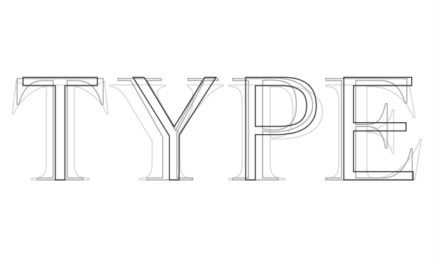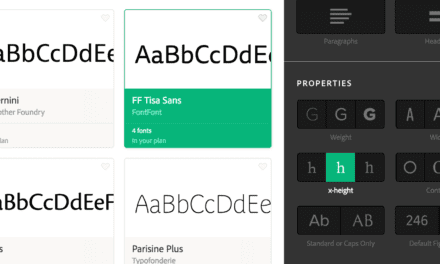ARTICLE SUMMARY: It’s been said that the more things change, the more they stay the same. As design progresses we see changes in how things are done and trends that are always in the state of flux, what’s a designer to do.
As designers we need to create effective, user-centered solutions despite these changes. To do that we use what some designers refer to as “flexible tools”, or design principles.
“12 Laws of UX: Designing with Principles for User Delight” from UXness lists these principles and how they can be applied to help enhance your website user experience in an effort to hold visitors to your site. A few of those mentioned are
- Zeigarnik Effect
- Aesthetic-Usability Effect
- Fogg Behavior Model
These principles help you focus on empathy, usability, and accessibility, allowing you to create solutions that are tailored to the needs and behaviors of your target audience.
While design principles provide guidelines, they also encourage creativity and innovation. Designers can use principles as a foundation for exploring new ideas and approaches to solving design challenges, leading to innovative and groundbreaking solutions.
By incorporating these laws into their design processes designers can create more intuitive, efficient, and enjoyable user experiences that meet the needs and expectations of their target audience.
This article is a great resource to have at the ready.
Let us know what you think in the comments.




